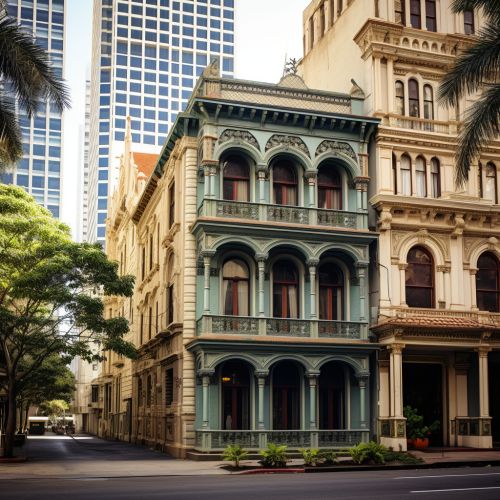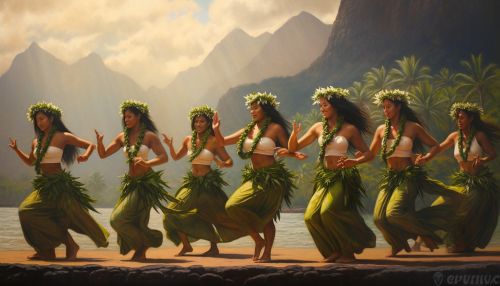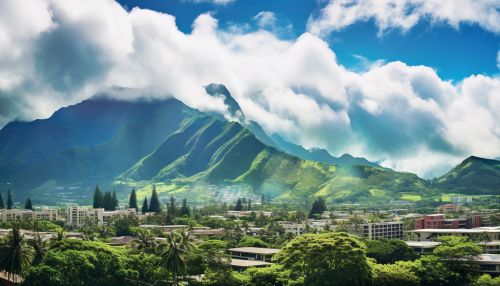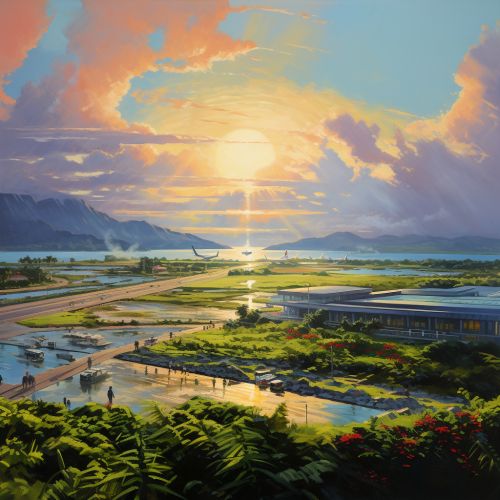Honolulu
Geography
Honolulu, the capital city of Hawaii, is located on the southeastern coast of the island of Oahu. The city spans an area of 68.4 square miles, of which 60.5 square miles is land and 7.9 square miles is water. The city is known for its tropical climate, with a very narrow range of temperature throughout the year.


History
The history of Honolulu dates back to the 11th century when Polynesians first settled in the area. The city's natural harbor, later named Pearl Harbor, was the key factor in its selection as the capital of the Hawaiian Kingdom. The city saw significant growth in the 19th century when it became an important trading hub for sandalwood and whaling industries. In the 20th century, the attack on Pearl Harbor led to the United States' entry into World War II.


Economy
Honolulu plays a vital role in Hawaii's economy. It is a major business and trading hub in the Pacific. The city's economy is primarily based on tourism, military defense, research and development, and manufacturing. The city is home to the largest airport in the state, Daniel K. Inouye International Airport, which serves as a critical gateway to the island state.


Culture
Honolulu is rich in cultural diversity, with influences from Native Hawaiian, Eastern, and Western cultures. The city is known for its music, dance, and art, particularly the Hula dance and Ukulele music. The city hosts several cultural events throughout the year, including the Aloha Festival, the largest Hawaiian cultural celebration in the United States.


Education
Honolulu is home to several educational institutions, including the University of Hawaii at Manoa, which is renowned for its programs in Hawaiian/Pacific Studies, Astronomy, East Asian Languages and Literature, Asian Studies, and Marine Biology. The city also has a well-established public school system, managed by the Hawaii Department of Education, the only statewide educational district in the United States.


Transportation
Honolulu has a well-developed transportation network, including public buses, private taxis, and a rail transit system under construction. The city's primary airport, Daniel K. Inouye International Airport, is one of the busiest airports in the United States. The city also has a deep-draft harbor, the Honolulu Harbor, which handles over 11 million tons of cargo annually.


